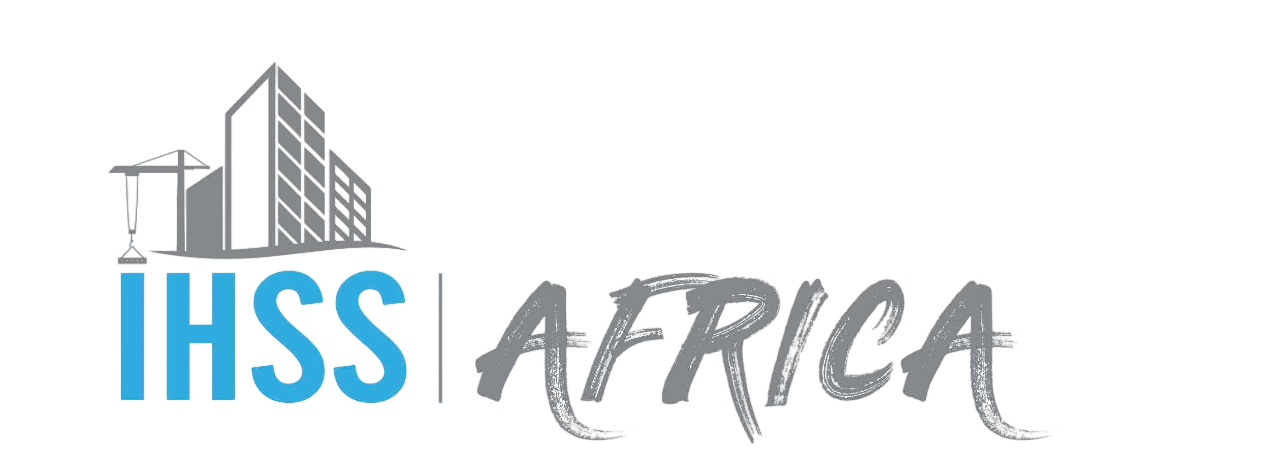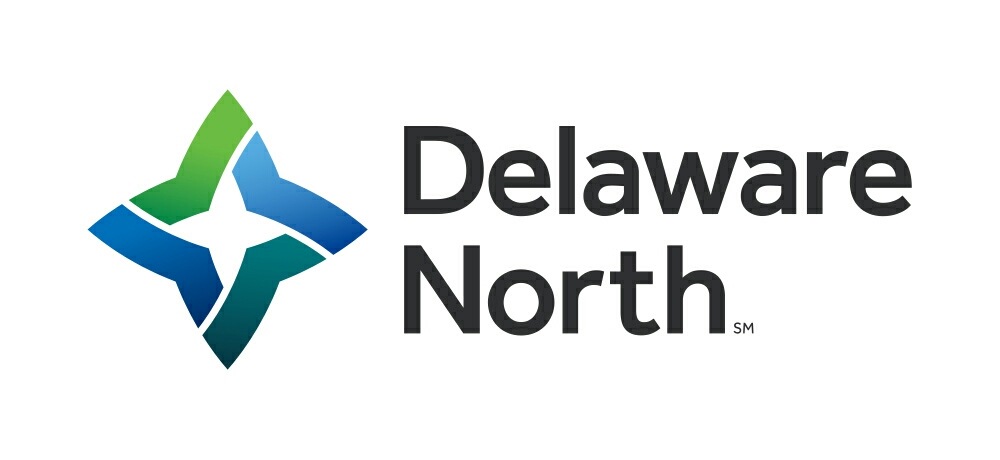Information
-
Conducted on:
-
Location:
-
Policy name and Policy number:
-
Contact name and Contact Number:
-
Safety Consultant:
1. Management Commitment
-
1a. Direct commitment and participation by the highest-level of upper management.
-
1b. Involved in developing goals and measuring results of a safety program
-
1c. Based on results, hold supervisors accountable for those they supervise
-
1d. Support of safety coordinator/committee
-
1e. Budget provided for resources and training
2. Safety Coordinator/Committee
-
2a. Competent safety person-education and authority
-
2b. Safety commitment that meets regularly, with documentation
-
2c. Employees are involved in making recommendations for improvement to the safety progra
-
2d. Monitor employees and enforces safety program
3. Safety Program
-
3a. A Job Hazard Analysis (JHA) has been performed to develop a safety program, and addressed OSHA required programs and PPE
-
3b. Basic safety program that meets the criteria for Cost Containment Certification and is effectively implemented and reviewed annually
-
3c. Safety rules and policies are enforced, documented and reviewed by:<br>-Safety coordinator<br>-Direct supervisor <br>-Upper management
4. Training
-
4a. New-hire orientation is conducted and documented
-
4b. Routine safety training is conducted and documented:<br>-weekly<br>-monthly<br>-quarterly
-
4c. Training for required OSHA programs is conducted and documented
-
4d. Employees demonstrate competency with regards to the safety training
5. Claims Management
-
5a. Formal claims management procedures developed and implemented
-
5b. Written designated of medical providers:<br>-Employee notification letter<br>-Letter to injured
-
5c. Formal return to work program- developed and implemented
6. Accident Investigation
-
6a. Formal accident investigation that identifies root cause:<br>-Employee accident report<br>-Management accident investigation form
-
6b. Direct supervisor participates in the investigation, corrective actions and follow up, including additional training
-
6c. Injury trends are identified using loss history reports
7. Business Investigation
-
7a. Radius of operation
-
7b. Hours of business
-
7c. Number of shifts
-
7d. Number of employees
-
7e. Classifications of employees
-
7f. Basic hiring practices
-
7g. Do you have a wellness program? If not, would you be interested in one?
-
General comments
-
Safety Consultant Signiture













